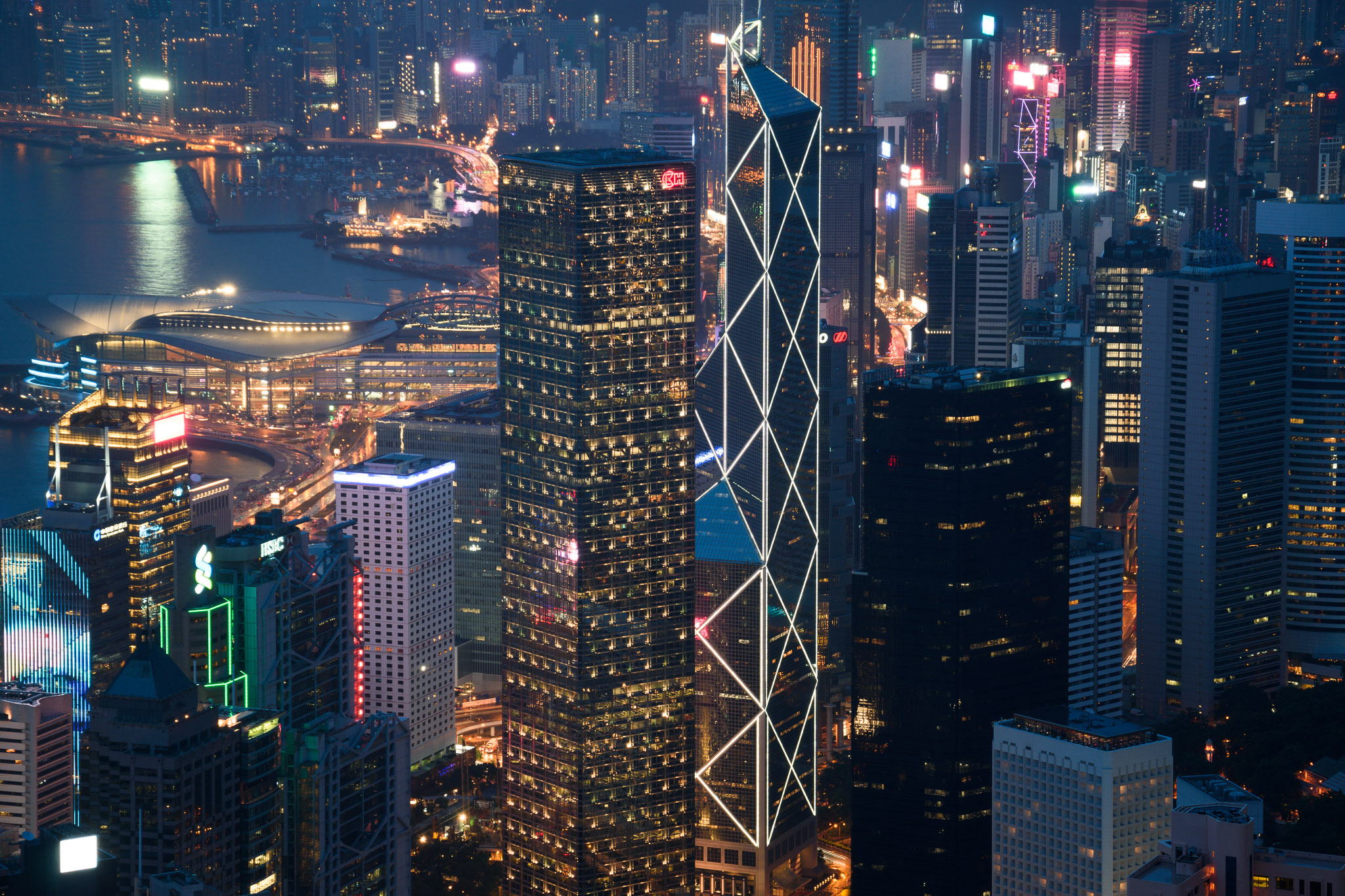I've been thinking about this conversation a bit and one thing I think is happening is that ISO is treated as if it's an exposure control when it's not. I think there's an idea that ISO, Shutter Speed, and F/Stop are all equals in the exposure triangle and the truth is, they're not.
I think it helps to consider the order of how an image is created. Shutter speed and aperture are first and expose the sensor. This is the ONLY place where you can improve your signal-to-noise ratio and lower your noise levels.
So, if you shoot a properly exposed image at base ISO, no ISO gain is added - it's done. However, if you overexpose to the just before point of clipping at base ISO, that can only be done with shutter speed and aperture - so you can increase the SNR here.
However, if the image you have captured at base ISO is too dark, then you use the "volume knob" of ISO to turn up the brightness. The thing is, this is done after the shutter speed and aperture have done their job and the noise patten is already fixed. ISO can't change what's there and it can't improve the SNR - that's already set my the shutter speed and aperture. All ISO can do is can only make what you already have brighter.
That's why I keep saying ETTR is really only effective at base ISO (or, in the case of dual gain sensors, you can see an advantage once the secondary amp kicks in). That's also why I say that, unless you're at base ISO (or at the ISO just before the second gain circuit kicks in), there's nothing to be gained by deliberately overexposing your shot. Just shoot a proper level of brightness and it's all good
I think it helps to consider the order of how an image is created. Shutter speed and aperture are first and expose the sensor. This is the ONLY place where you can improve your signal-to-noise ratio and lower your noise levels.
So, if you shoot a properly exposed image at base ISO, no ISO gain is added - it's done. However, if you overexpose to the just before point of clipping at base ISO, that can only be done with shutter speed and aperture - so you can increase the SNR here.
However, if the image you have captured at base ISO is too dark, then you use the "volume knob" of ISO to turn up the brightness. The thing is, this is done after the shutter speed and aperture have done their job and the noise patten is already fixed. ISO can't change what's there and it can't improve the SNR - that's already set my the shutter speed and aperture. All ISO can do is can only make what you already have brighter.
That's why I keep saying ETTR is really only effective at base ISO (or, in the case of dual gain sensors, you can see an advantage once the secondary amp kicks in). That's also why I say that, unless you're at base ISO (or at the ISO just before the second gain circuit kicks in), there's nothing to be gained by deliberately overexposing your shot. Just shoot a proper level of brightness and it's all good



